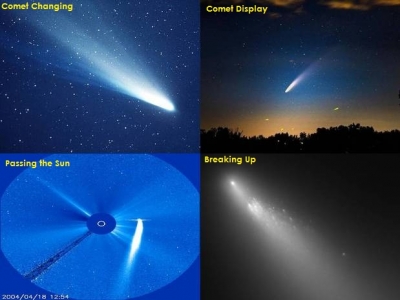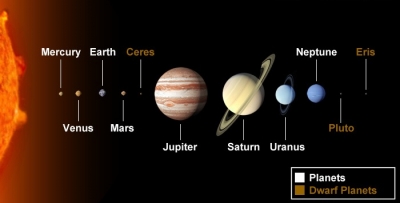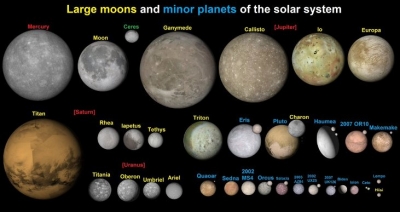What are comets?

COMETS
More than a trillion comets surround the planetary region of the Solar System. They follow long orbits around the Sun and together make up a vast sphere called the Oort cloud. Each comet is a lump of dirt and snow, called a nucleus, or “dirty snowball”. Comets are so small that they are only visible when they travel close to the Sun and grow large and bright enough to be seen.
- CHANGING COMET: As a comet approaches the Sun it warms up. The snow turns to gas, which, along with loose dust, flows from the nucleus. When the comet passes closer to the Sun than the orbit of Mars, this material forms a head (called a coma) and two tails, one of gas and one of dust.
- COMET DISPLAY: More than 2,300 comets have been identified as they passed through the Sun’s neighbourhood. About 200 make return visits, but most pass by just once. Three or four times a century, a spectacular one, such as Comet McNaught in January 2007, makes a stunning display.
- PASSING THE SUN: These images from the SOHO spacecraft, track the progress of Comet McNaught as it rounds the Sun. Like most comets, it is named after its discoverer, Robert McNaught, who saw it first on 7 August 2006. It was at its biggest and brightest in January 2007, when closest to the Sun.
- COMET STRUCTURE The nucleus of a comet is a city-sized lump, two-thirds snow and one-third rock dust. Halley’s Comet orbits the Sun every 76 years. When it drew close to it in 1986, the Giotto spacecraft flew into the comet’s coma and captured images of its nucleus.
- BREAKING UP As a comet passes a massive body, such as the Sun or Jupiter, it may be pulled apart by its gravity. Comet Schwassmann Wachmann 3 orbits the Sun every 5.4 years and astronomers have observed that it is disintegrating.
Picture Credit : Google

